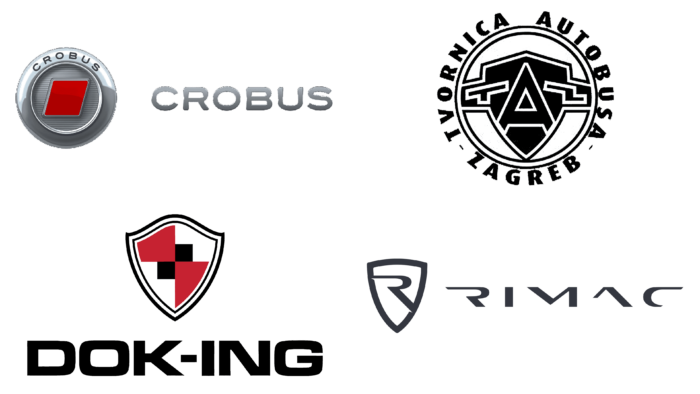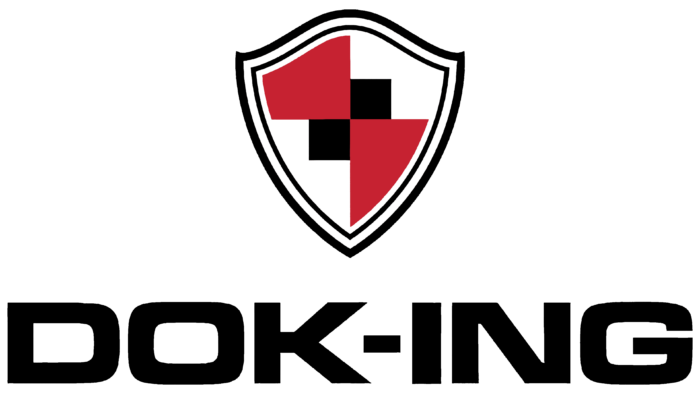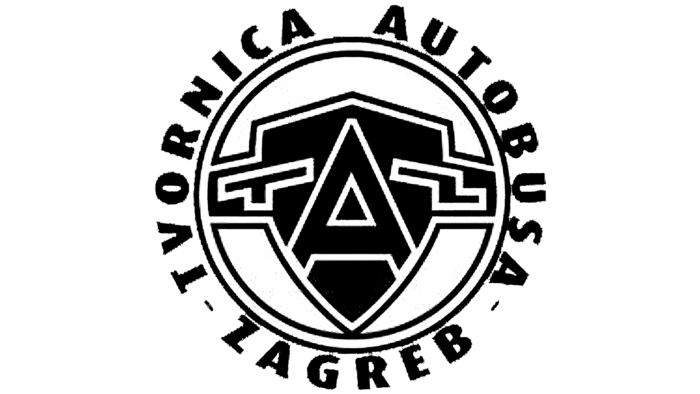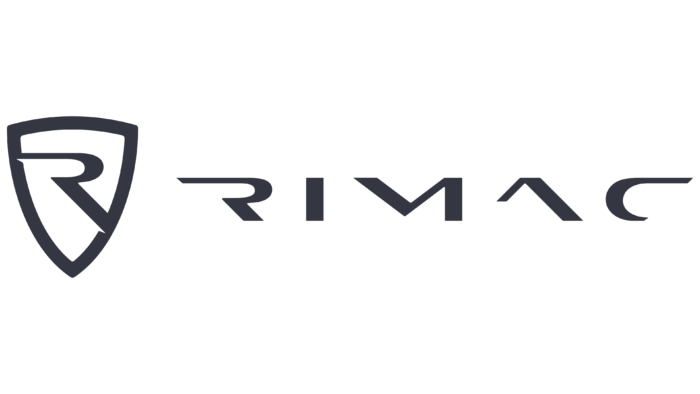The automotive industry in Croatia is not very developed: in this country, industrial enterprises mainly produce automotive components and transportation software. They supply components to world-famous companies from Germany, France, the USA, Italy, Japan and Sweden. However, the Croatian market also has its own automobile brands worthy of attention. They are not very popular abroad but are sometimes exported in small quantities, such as the electric sports car produced by Rimac Automobili. Let’s consider the brightest representatives of the local car industry.
Crobus
AZ Crobus is a well-known bus manufacturer in Croatia, registered in 2006. Its history began with the project of intercity bus. The prototype of the tourist liner, named after the goddess of the morning dawn, Zora, was created in 2011, after which it was put into mass production.
The logo representing the Croatian manufacturer’s products is in the form of a silver circle. Inside it is a smaller circle covered with thin horizontal lines. In the center is a red parallelogram – the brightest element of the emblem. The frame is a wide ring with a dark gray inscription “CROBUS,” located in the form of an arch in the upper part. Designers decorated the drawing with a gradient and added light highlights to make the graphic composition seem volumetric. The company name is duplicated on the right: the word consists of large silver letters. Glyphs have no serifs, and all strokes have almost the same thickness.
DOK-ING Loox
The private Croatian company DOK-ING has its own automotive division. It appeared in 2010 when the DOK-ING Loox prototype was presented. The serial production of this electric car was planned for 2012 but never started, as no investor wanted to finance it. The car continues to exist on paper in the form of a project.
The logo of the electric car brand is in the form of a triangular ridge with a high wave on top. Its outer outline is bold and black. Then, a wide white stripe was drawn, separated from the rest of the shield by a thinner black line. In the center is a composition of four geometric figures touching the corners in the center. These are two small black squares and two dark red polygons on a white background. They alternate, so the right and left sides of the picture seem to be mirror images of each other. For the inscription “DOK-ING,” a sans-serif font similar to Korataki Bold by Typodermic Fonts Inc. is used.
TAZ Neretva
Tvornica Autobusa Zagreb is the founder of the Croatian automobile industry. This plant was opened in 1930. It produced trucks, buses, and motorcycles, which were exported to other countries. One of the main brands was passenger transportation TAZ Neretva. Minibuses, popular on the Balkan Peninsula, were produced under it. But in the late 1990s, the plant was closed, and with it, all the brands disappeared.
The logo of TAZ “Neretva” looked brutal. In the center was a black heraldic shield with two rectangular protrusions on the sides. Inside it was written the abbreviation “TAZ”: a big letter “A” proudly rose between small and uneven “T” and “G.” The shield was placed in a white circle with a frame outlined on both sides with black outlines. And on the outside was a ring with the inscription “TVORNICA AUTOBUSA ZAGREB.” The third word was located at the bottom and was separated by short dashes.
Rimac Automobiles
Since independence, Croatia has exported almost no cars abroad. But there are exceptions. The first of them was the Rimac Concept One electric sports car, presented in 2013. It is produced by a private company, Rimac Automobili, which was founded in 2009 and has been creating sports cars ever since.
The emblem of this manufacturer is very minimalistic. It is a triangular shield with the letter “R” inside and the inscription “RIMAC” on the right. The base of the shield is white, and the outline is black. Glyphs that look non-standard are colored in the same black color: all of them, except for “I,” are devoid of individual fragments.







